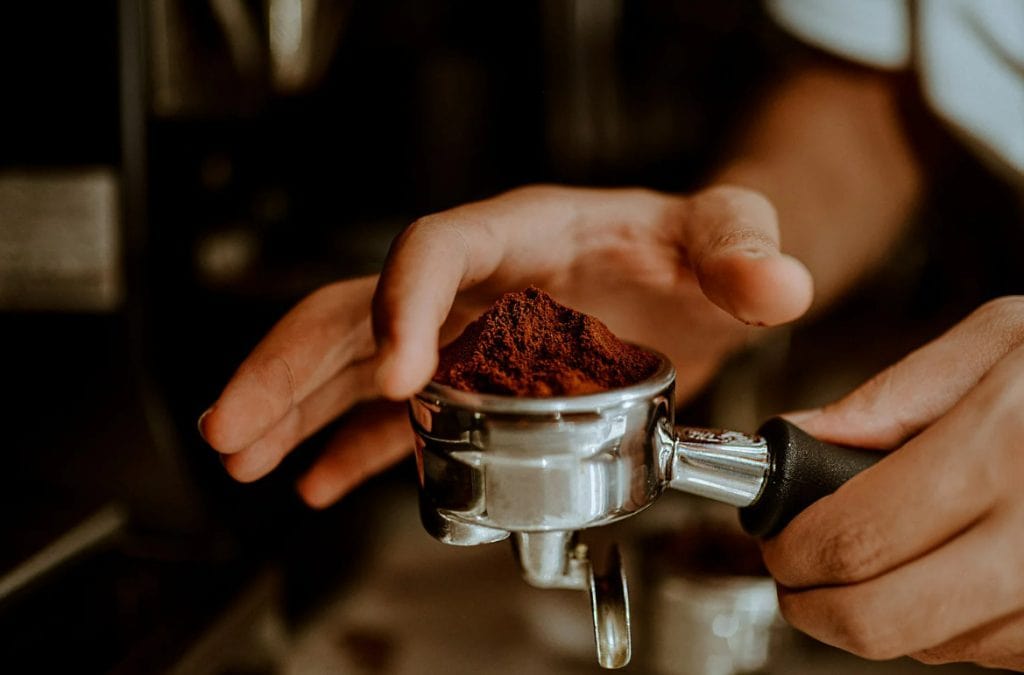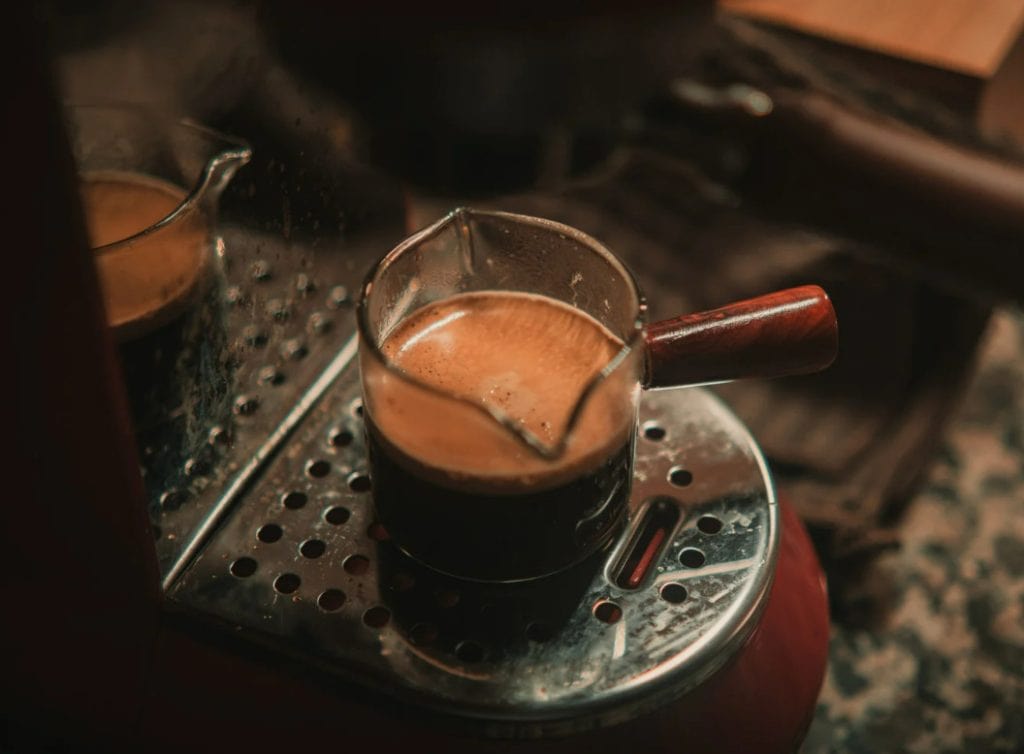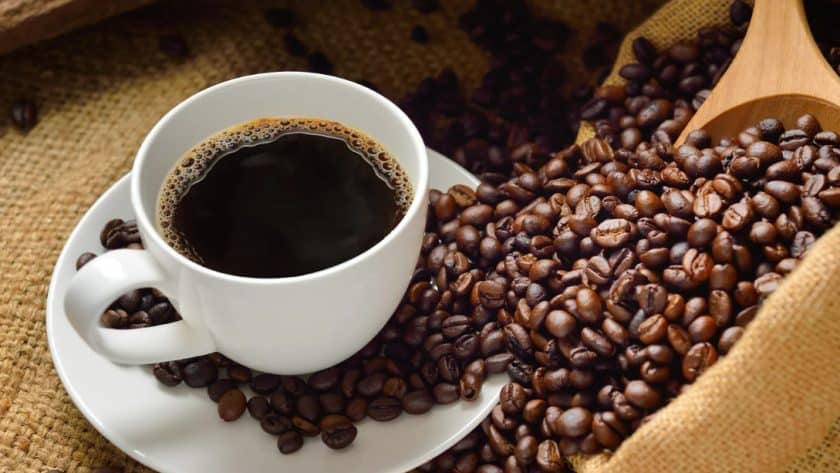- Specialty coffee starts with carefully selected beans scoring above 80 points, revealing complex flavors like fruity and floral notes that mass-market coffee can’t match.
- Different origins tell unique stories – Central America offers balanced classics, Africa delivers flavor bombs, and processing methods dramatically affect the final taste.
- Proper brewing requires the right grind size, water temperature around 200°F, and precise ratios to unlock the coffee’s full potential.
- Investing in a quality burr grinder matters more than expensive brewing equipment, and fresh whole beans should be ground just before brewing.
Coffee isn’t just a morning fuel. It’s a craft, a passion, and when done right, it transforms your entire day. But here’s the thing: most people are drinking terrible coffee without even knowing it. The mass market has convinced us that bitter, flat coffee is normal. Once you discover what real coffee tastes like, there’s no going back to the industrial stuff.

What Makes Coffee Actually Good
Forget everything you think you know about coffee. Real specialty coffee starts with the bean, not the machine. We’re talking about carefully selected origins, grown at altitude, harvested by hand, and roasted with precision. No shortcuts, no industrial processing, no bullshit.
The difference is immediate. Where mass-market coffee tastes flat and bitter, specialty coffee reveals layers of flavor: fruity notes, floral hints, chocolate undertones. It’s like comparing fast food to a chef’s tasting menu.
But what actually defines specialty coffee? The Specialty Coffee Association scores beans on a 100-point scale. Anything above 80 points qualifies as specialty grade. This means no defects, consistent size, and exceptional flavor potential. Most grocery store coffee barely hits 60 points.
The Science Behind Great Coffee
Coffee is chemistry. Those amazing flavors come from over 800 volatile compounds that develop during roasting. Temperature, timing, and airflow during the roast determine which compounds emerge and how they balance.
Arabica versus Robusta isn’t just marketing talk. Arabica grows at higher altitudes, develops more complex sugars, and contains half the caffeine of Robusta. That’s why it tastes smoother and more nuanced. Robusta brings strength and crema but can taste harsh when not handled properly.
The grind matters more than most people realize. Surface area affects extraction speed. Too fine and you over-extract bitter compounds. too coarse and you under-extract, missing the good stuff. Each brewing method needs its specific grind size for optimal extraction.
Origins That Tell Stories
Central America: The balanced classics Guatemala, Costa Rica, and Honduras deliver reliability with complexity. Volcanic soils create mineral-rich profiles. Expect chocolate notes, balanced acidity, and medium body. Perfect for those who want sophistication without overwhelming intensity.
South America: Power and elegance Colombian coffee from regions like Huila and Nariño offers bright acidity and fruity notes. Brazilian beans bring nutty, chocolatey comfort. Peruvian coffee often provides clean, sweet profiles that work beautifully as single origins.
Africa: The flavor bombs Ethiopian coffee birthed the entire industry and still produces the wildest profiles. Floral, wine-like, sometimes blueberry notes that seem impossible. Kenyan coffee brings black currant acidity and full body. These aren’t beginner-friendly but reward adventurous palates.
Asia-Pacific: The unique expressions Indonesian coffee offers earthy, herbal complexity. Sumatran beans provide full body with minimal acidity. Hawaiian Kona delivers smooth sweetness at premium prices. These regions produce coffee that tastes unlike anywhere else.
Processing Methods that Matter
How coffee gets from cherry to bean dramatically affects flavor. Understanding processing helps you choose coffees you’ll actually enjoy.
Washed process removes all fruit before drying, creating clean, bright flavors. The coffee’s origin character shines through without fruit interference. This method dominates Central and South American production.
Natural process dries the whole cherry, allowing fruit sugars to penetrate the bean. Results in sweeter, fruitier profiles with more body. Ethiopian naturals often taste like fruit bombs. Brazilian naturals bring chocolate and nuts.
Honey process removes skin but leaves some fruit mucilage during drying. Creates middle-ground profiles, sweeter than washed but cleaner than natural. Costa Rican honey process coffees often showcase this technique beautifully.
Experimental fermentation uses controlled environments, specific yeasts, and extended timelines. These cutting-edge methods produce unique flavors like wine, tropical fruits, or even fermented notes. Expensive but fascinating for coffee geeks.
Roasting: Where Magic Happens
Light roasts preserve origin character and acidity. You taste the farm, the processing, the terroir. Expect bright, complex, sometimes tea-like qualities. Perfect for pour-over methods that highlight nuance.
Medium roasts balance origin character with roast development. Caramelization begins, creating sweetness and body while maintaining some brightness. Most versatile roast level, works for multiple brewing methods.
Dark roasts prioritize roast character over origin. Expect oils, smoky notes, bitter chocolate, and reduced acidity. Great for espresso and milk-based drinks where you want coffee flavor that cuts through milk.
French roast and beyond enters charcoal territory. The origin disappears completely. Some people love this intensity, but you’re essentially paying premium prices for burnt beans.

Brewing Methods That Work
Pour-over perfection Manual control over every variable. Use 1:15 to 1:17 coffee-to-water ratio. Water temperature around 200°F. Bloom the coffee for 30 seconds with twice the water weight. Pour in slow, circular motions. Total brew time: 4-6 minutes. Highlights clarity and complexity.
French press fundamentals Immersion brewing creates full-body coffee. Use coarse grind, 1:12 ratio. Steep for 4 minutes exactly. Press slowly to avoid disturbing the bed. Results in rich, heavy-bodied coffee with some sediment. Perfect for dark roasts and morning routines.
Espresso essentials High pressure extraction in 25-30 seconds. Use 1:2 ratio (18g coffee to 36g liquid). Fine grind, tamped evenly. Good espresso balances sweetness, acidity, and bitterness. Crema should be golden-brown and persistent. Takes practice but rewards dedication.
Cold brew simplicity Coarse grind, 1:8 ratio, 12-24 hour steep time. Strain through fine mesh or paper filter. Results in smooth, low-acid concentrate. Dilute with water or milk. Perfect for hot weather and those who want caffeine without morning complexity.
AeroPress versatility Combines immersion and pressure. Multiple techniques possible: standard, inverted, competition methods. Fast brewing, easy cleanup, travel-friendly. Produces clean coffee with good body. Great for beginners who want control without complexity.
The Equipment That Matters
Grinders: the most important investment Burr grinders create consistent particle size. Blade grinders chop randomly, creating bitter fines and sour boulders. Hand grinders work fine for small batches. Electric burr grinders save time and effort. Don’t cheap out here, it affects every cup.
Scales: precision pays off Measuring by volume creates inconsistent results. Water weighs more than coffee, ratios get confused. Digital scales with 0.1g accuracy cost under $30 and transform brewing consistency. Time functions help with pour-over techniques.
Kettles: temperature control Electric kettles with temperature control eliminate guesswork. Gooseneck spouts provide pouring precision for pour-over methods. Not essential but makes the process easier and more consistent.
Water: the forgotten ingredient Coffee is 98% water. Tap water quality affects everything. Hard water creates mineral buildup and harsh flavors. Soft water under-extracts. Filtered water usually works fine. Some enthusiasts use remineralized distilled water for ultimate control.
Storage Secrets
Whole beans stay fresh longer than ground. Grinding exposes surface area to air, accelerating staleness. Buy beans, grind as needed.
Airtight containers prevent oxidation. Those valve bags from roasters work fine short-term. For longer storage, transfer to airtight containers away from light and heat.
Freezing works for long-term storage if done properly. Use airtight bags, freeze in portions, thaw completely before opening. Never refreeze. Most people mess this up, so stick to buying smaller amounts more frequently.
“Best by” dates mean little. Use your nose and taste buds. Fresh coffee smells fragrant, not flat or rancid. Stale coffee tastes dull and lifeless. Most coffee peaks 7-14 days after roasting and stays good for 3-4 weeks.
The Economics of Good Coffee
Cheap coffee costs the world in environmental damage and farmer exploitation. Fair trade and organic certifications aren’t perfect but indicate better practices. Direct trade relationships often provide better farmer compensation than fair trade minimums.
Specialty coffee seems expensive per pound but cost per cup tells the real story. A $20 bag makes 30+ cups. That’s under $0.70 per cup for coffee that rivals café quality. Compare that to $5 café drinks or $3 pod coffee.
Buying online often provides better selection and fresher coffee than grocery stores. Local roasters offer the freshest options if you have quality ones nearby. Subscription services work for consistency but limit exploration.
Common Mistakes To Avoid
Buying pre-ground coffee sacrifices freshness for convenience. The flavor difference is dramatic once you start grinding fresh.
Using boiling water scorches coffee and creates bitter extraction. Let water cool for 30 seconds after boiling or use a thermometer.
Ignoring ratios creates unpredictable results. Measuring by scoops varies wildly based on grind size and coffee density. Use a scale for consistency.
Cleaning equipment irregularly allows oil buildup that makes everything taste rancid. Clean grinders monthly, wash brewing equipment after each use.
Storing coffee in the refrigerator exposes it to moisture and odors. Room temperature, airtight containers work better.
Building Your Coffee Journey
Start with medium roast, single-origin coffees from reputable roasters. Try different regions to understand your preferences. Keep notes on what you like and dislike.
Invest in a good grinder before expensive brewing equipment. Consistent grind size improves any brewing method more than fancy gear with poor grinding.
Don’t feel pressured to love everything immediately. Palates develop over time. What tastes too acidic today might become your favorite in six months.
Join online communities, visit local roasters, attend cuppings if available. Coffee culture rewards curiosity and experimentation.
Specialty Coffee – The Bigger Picture
Good coffee connects you to farmers, regions, and processing methods worldwide. Every cup represents someone’s livelihood and passion. Supporting quality roasters and ethical sourcing creates positive impact throughout the supply chain.
Coffee rituals provide daily mindfulness in busy lives. Taking time to brew properly, smell the aromas, and taste intentionally creates moments of presence and gratitude.
The learning never stops. New origins, processing experiments, and brewing techniques constantly evolve. What seems overwhelming now becomes second nature with practice.
Stop settling for mediocre. Your mornings deserve better, and the world’s coffee farmers deserve recognition for their craft. Great coffee exists, you just need to know where to find it and how to brew it properly.
The journey from coffee drinker to coffee appreciator starts with a single exceptional cup. Once you taste the difference, there’s no going back to the industrial stuff. Your palate, your mornings, and your entire relationship with coffee will never be the same.
